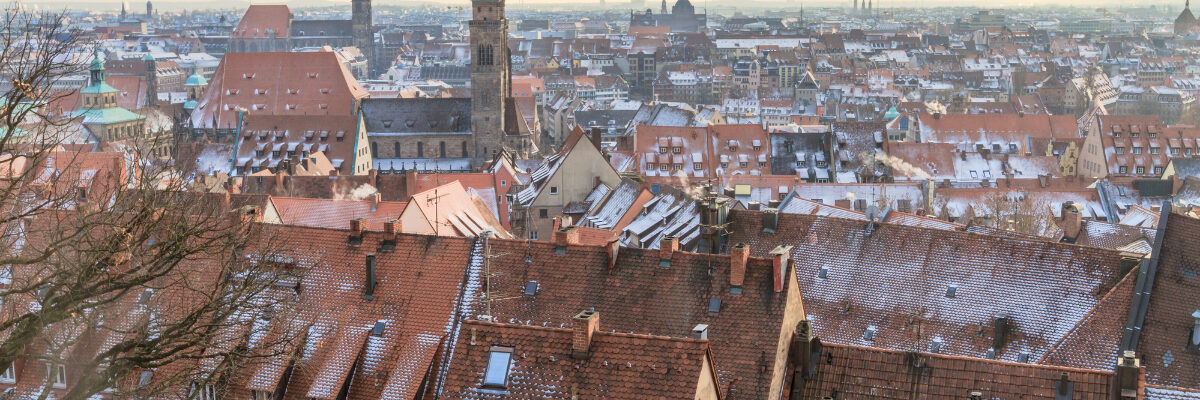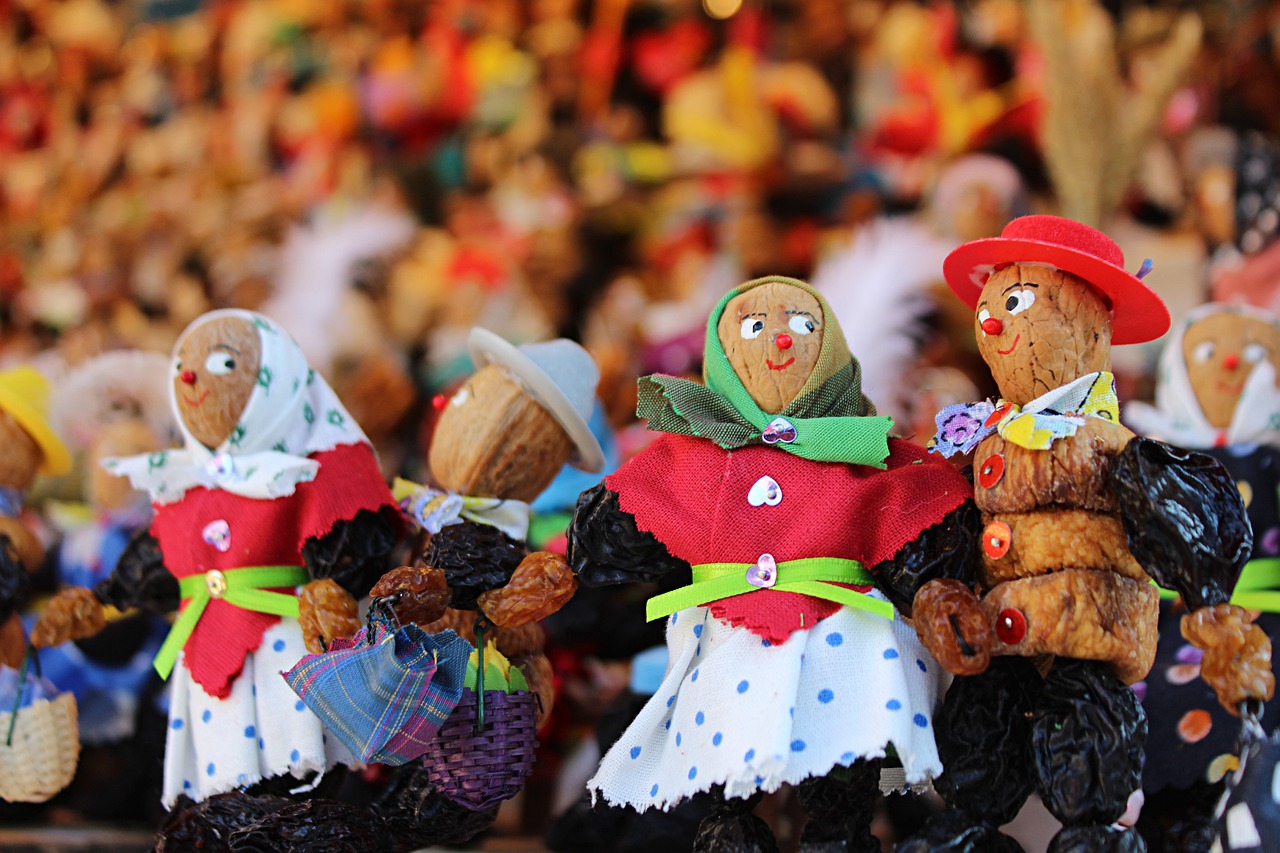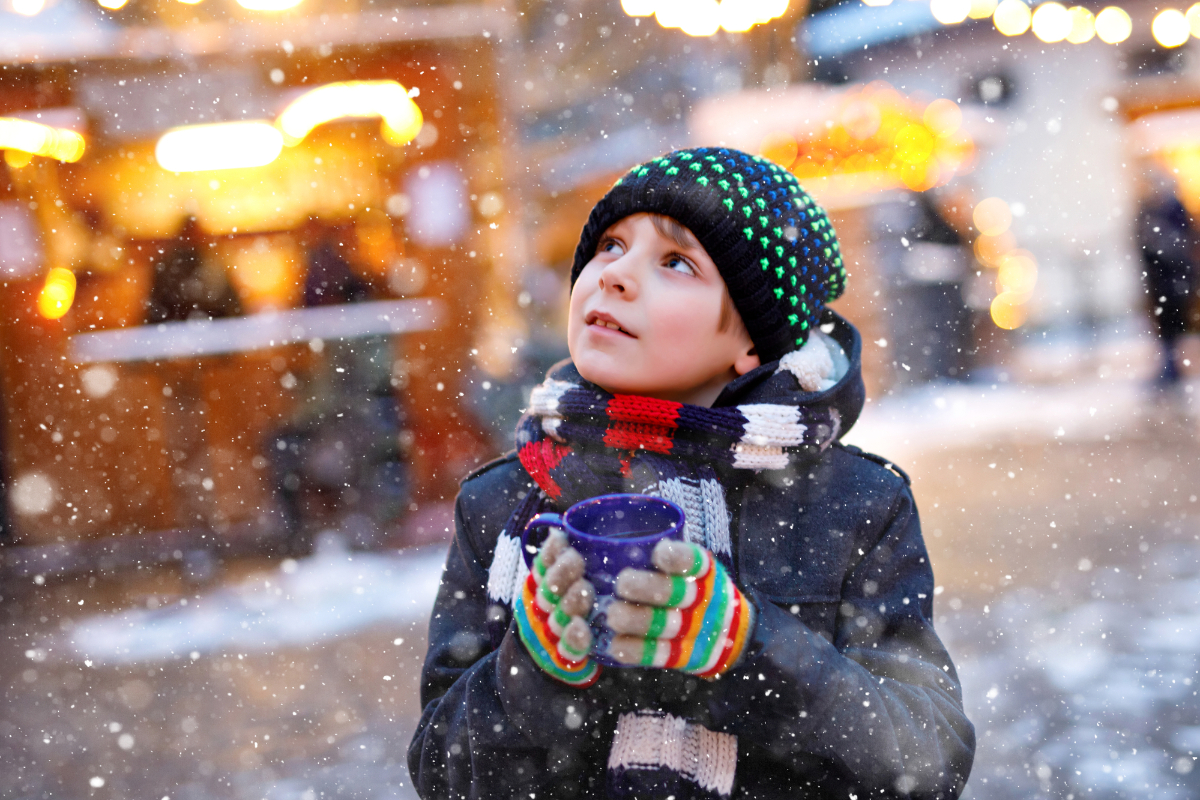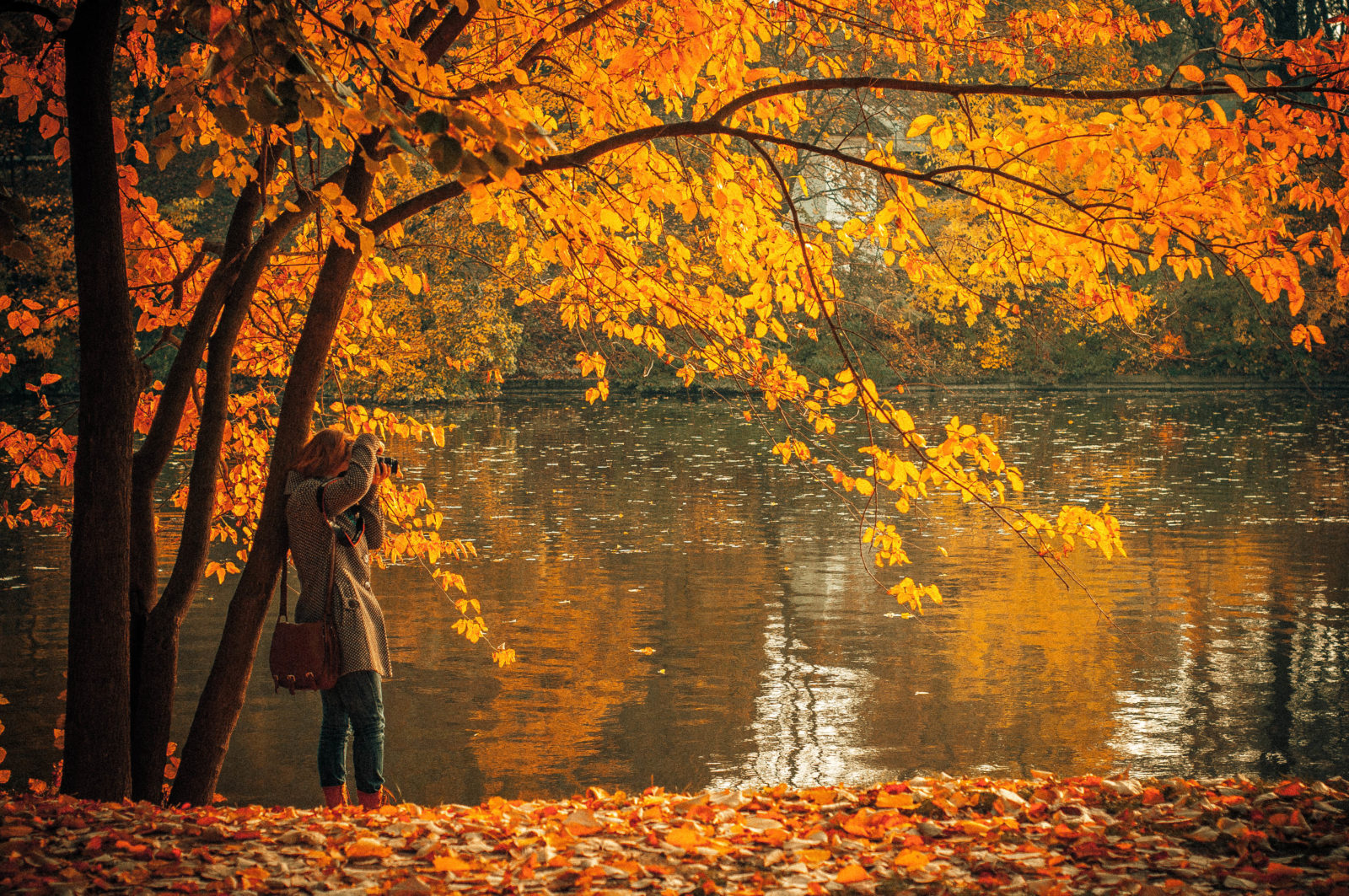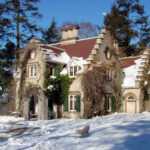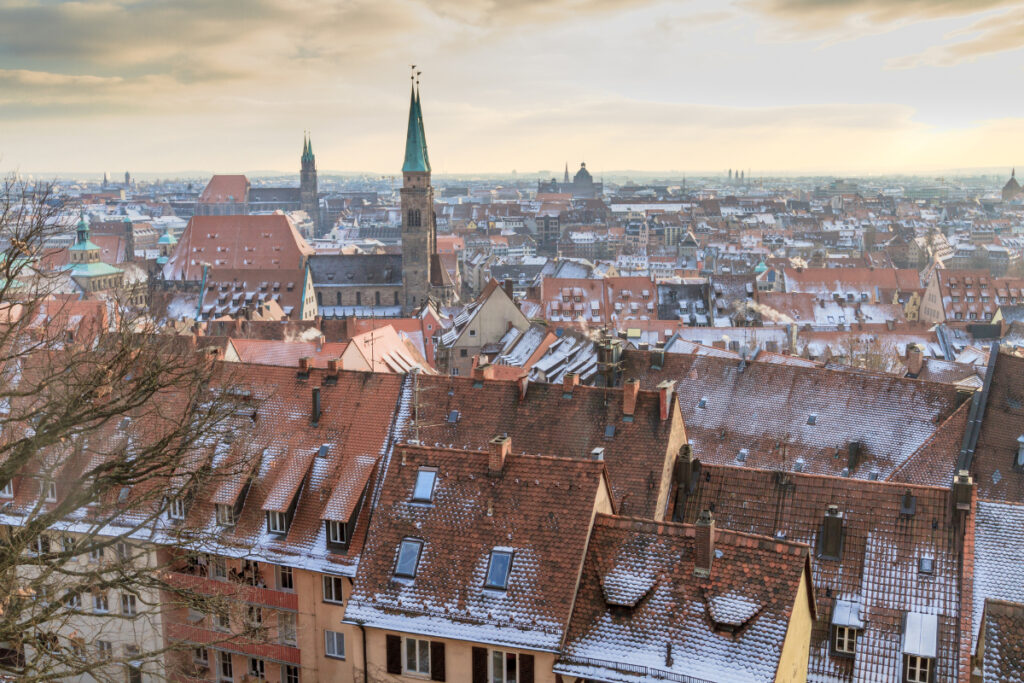
Nuremberg during the holidays is an enchanting place to be. The scent of hot mulled wine wafts through the air, lights twinkle above the cheery red and white-striped canopies of the Christmas Market stalls, and the clip-clop of horses pulling festive carriages makes you think you’ve entered a lovely fairy tale.
But don’t spend all of your time at the Christmas Market. There are a lot of non-holiday sites visitors can see in Nuremberg during the holiday season as well. Here are a few things that I found interesting:
A Walk on the Wall
Nuremberg was a walled city in the middle ages, and much of that wall and its towers still exist. Some of it was destroyed during WW II but has been recreated. A walk around the entire walled city is about three miles, but you can climb to the ramparts and just walk a part of it if you don’t have enough time for it all.
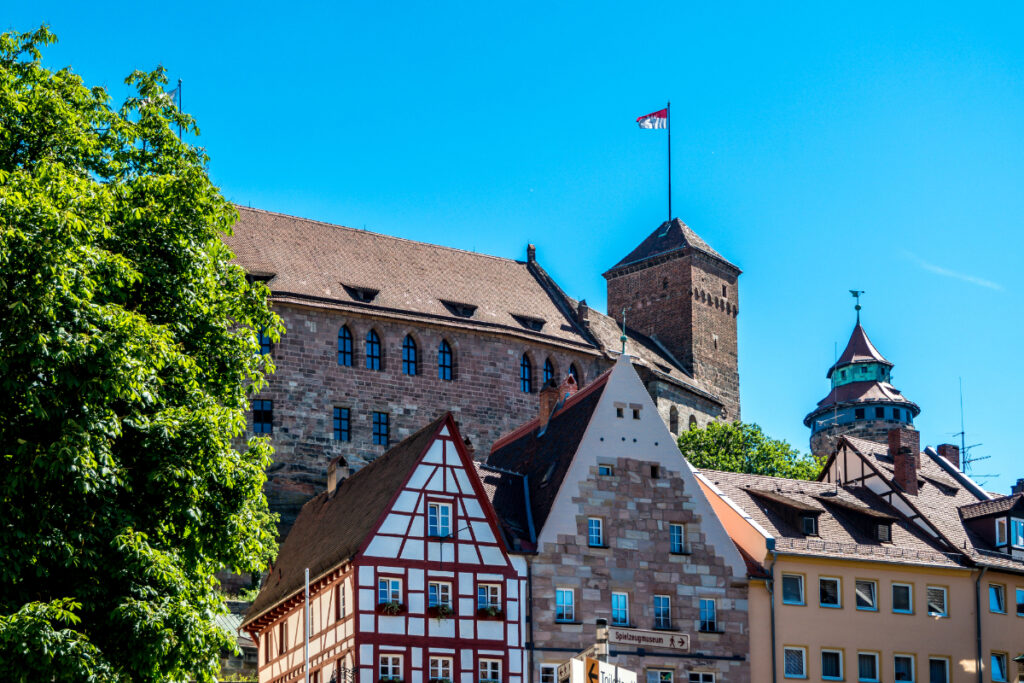
The Kaiserburg
As one of the main landmarks of Nuremberg, Nuremberg Castle should be on your list. The Kaiserburg (Emperor’s Fortress), which is the most heavily fortified part of the building, is where Emperor Heinrich III built the first fortress here in about the year 1050. Nuremberg was an important city — every German emperor between the years 1050 and 1571 stayed in the castle at some point.
The Town Hall, or Rathaus
This imposing building was constructed in 1616-1622. A guided tour will take you down a narrow stairway to the Hole Prisons, where you’ll learn about the judicial procedure and painful tortures that awaited those who were punished by law in the 14th century. It’s a fun tour, although cold, damp, and creepy. In the torture chamber, we saw several tools used in the 15th century: the thumb and legscrews, the hoist, and the rack. None of which I would have wanted to experience!
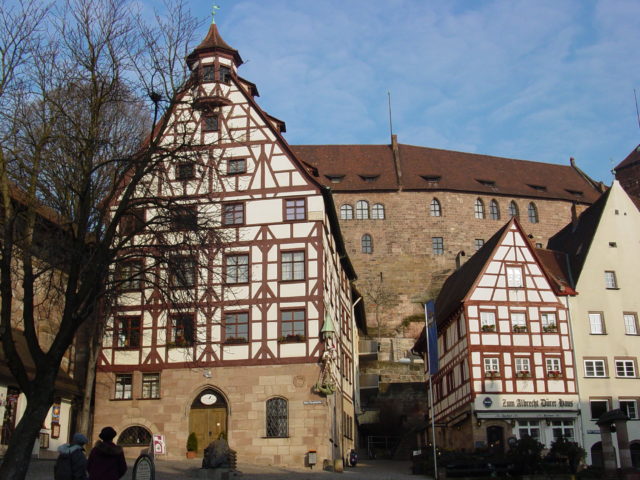
Albrecht Dürer’s House
At the foot of the castle, Albrecht Dürer, a master draughtsman and native Nuremberger, lived and worked from 1509 until he died in 1528. His house is the only completely preserved Gothic house in Nuremberg, and well worth a visit. You’ll see original etchings, woodcuts, and copies of his paintings inside. On the ground floor, you can see a large printing press that he used to produce his wood carvings.
Albrecht Dürer was one of the greatest of all German artists and a principal thinker of the Renaissance. His father, also named Albrecht, was descended from a line of Hungarian goldsmiths. Albrecht the Elder had 18 children! His son Albrecht was the third.
The Germanic National Museum
Smack in the center of this building is a former Carthusian monastery and 15th-century cloisters. I especially enjoyed the museum’s collection of musical instruments. This is the largest German museum of art and cultural history so allow plenty of time if you go, it could take you a few hours.
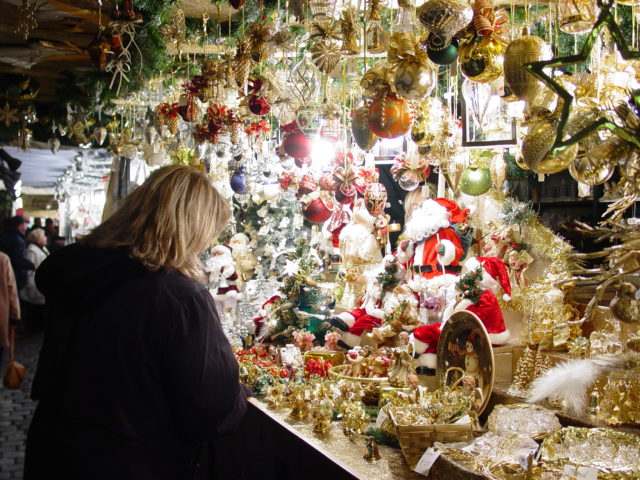
The Christmas Market, or Christkindlmarkt
At Christkindlmarkt in Nuremberg, some 150 stall owners sell toys and decorations as well as hot mulled wine, gingerbread, and other edible delights. You can stroll from stall to stall, feasting your eyes on all kinds of hand-made treasures that make wonderful gifts to bring home to your friends and family and sip some hot mulled wine to keep warm in the winter cold.
As the festive season wraps up, it’s clear that visiting Nuremberg during the holidays is a truly magical experience. From the twinkling lights of the Christkindlmarkt to the historical grandeur of Kaiserburg Castle, each moment in this charming city fills you with holiday joy and a sense of rich culture.
Tip: If you love Christmas shopping, learn about Nuremberg’s Prune People here, and don’t miss the Kathe Wohlfahrt store in Nuremberg’s pedestrian zone near the Lorenz Church. Even if you don’t buy anything, visiting the shop is an experience that will get you into the holiday spirit!

